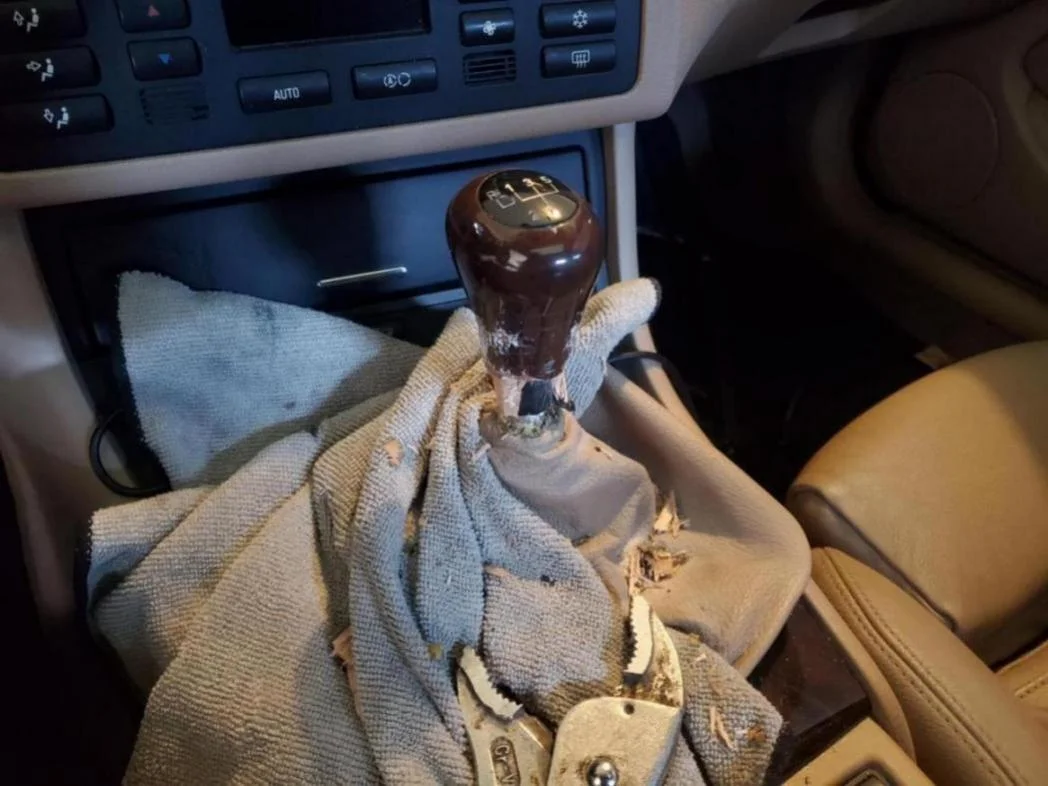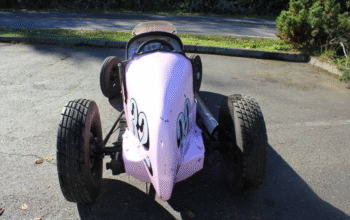A loose gear shft knob in an automatic vehicle may appear to be a benign nuisance at first, but it can rapidly escalate into more than just frustration — and even serious safety issue are not infeasible! A shifter that feels like it has too much play, spins around freely, or comes off entirely too easily can certainly interfere with your ability to ensure you are selecting the proper gear and can potentially create hazardous situations for both yourself and other drivers.
Fortunately, most autoatic vehicles are very simple to fix a loose gear shift knob on and was a DIY task that does not necessarily require any special tools. Whether it is a stripped thread, broken locking tab, or just a missing retaining screw; with this article we will assist you inspect, tighten, or even rplace the gear shift knob to be vehicle functioning properly again!
What Causes a Gear Shift Knob to Become Loose?
There are a few common reasons why your automatic gear shift knob may start to feel loose or unstable:
- Worn or Stripped Threads: On some shifters, the knob is threaded onto the stick. Over time, the threads can wear down or get damaged.
- Broken Retaining Clip or Pin: Some knobs are held in place by an intrnal clip or pin that can snap or wear out.
- Missing Set Screw or Bolt: If your shifter uses a set screw to hold the knob in place, it may have loosened or fallen out.
- General Wear and Tear: Constant shifting, especially if done forcefully or improperly, can wear out the plastic components over time.
- Aftermarket Installation: If an aftermarket shift knob was installed incorrectly, it may not sit securely or match your car’s shift lever.
Before you can fix the problem, you’ll need to identify the type of shifter your vehicle uses.
Step 1: Identify Your Shifter Type
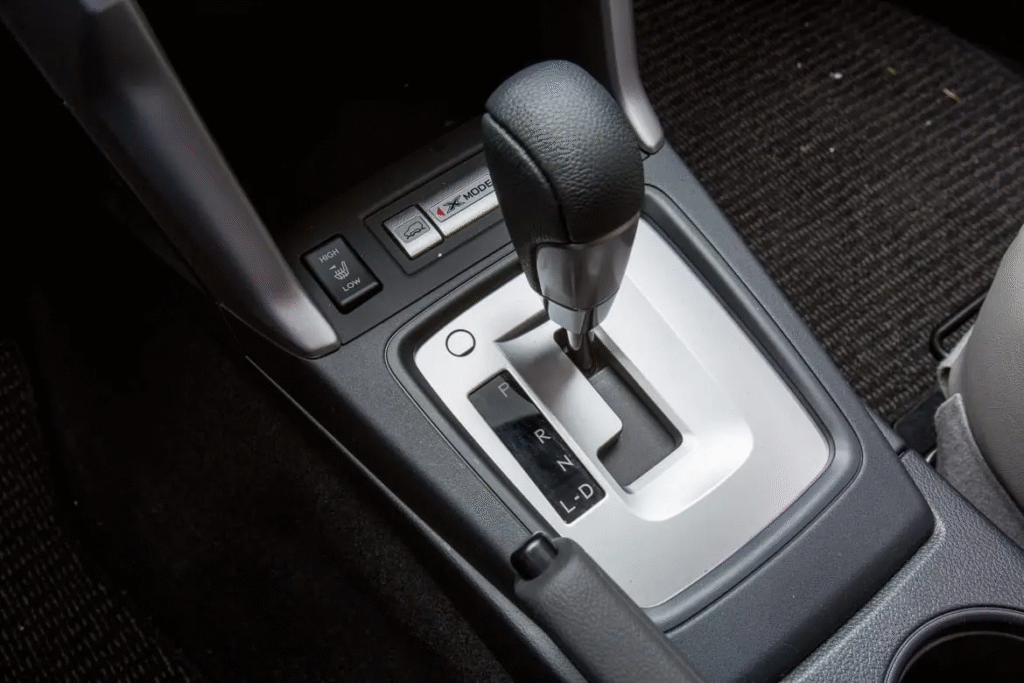
Automatic gear shift knobs typically fall into three main categories:
- Threaded Shift Knobs: These knobs screw directly onto the shift lever. They can loosen due to stripped threads.
- Push-on/Pull-off Knobs with Retention Clips: These knobs are pressed onto the lever and held by a spring-loaded pin, clip, or button.
- Set Screw or Allen Screw Knobs: These knobs are secured with small bolts or screws on the side or base.
Check your owner’s manual or inspect the shifter to determine which one you have. This will help you approach the repair correctly.
Step 2: Gather the Tools You May Need

Depending on your shifter type, you may need some of the following tools:
- Flathead screwdriver
- Phillips-head screwdriver
- Allen key (hex wrench)
- Socket wrench set
- Thread locker (like Loctite)
- Rubber mallet (for gentle tapping)
- Replacement knob or retaining pin (if needed)
Always start with your car parked, engine off, and emergency brake engaged.
Step 3: Inspect the Shift Knob and Shifter Shaft
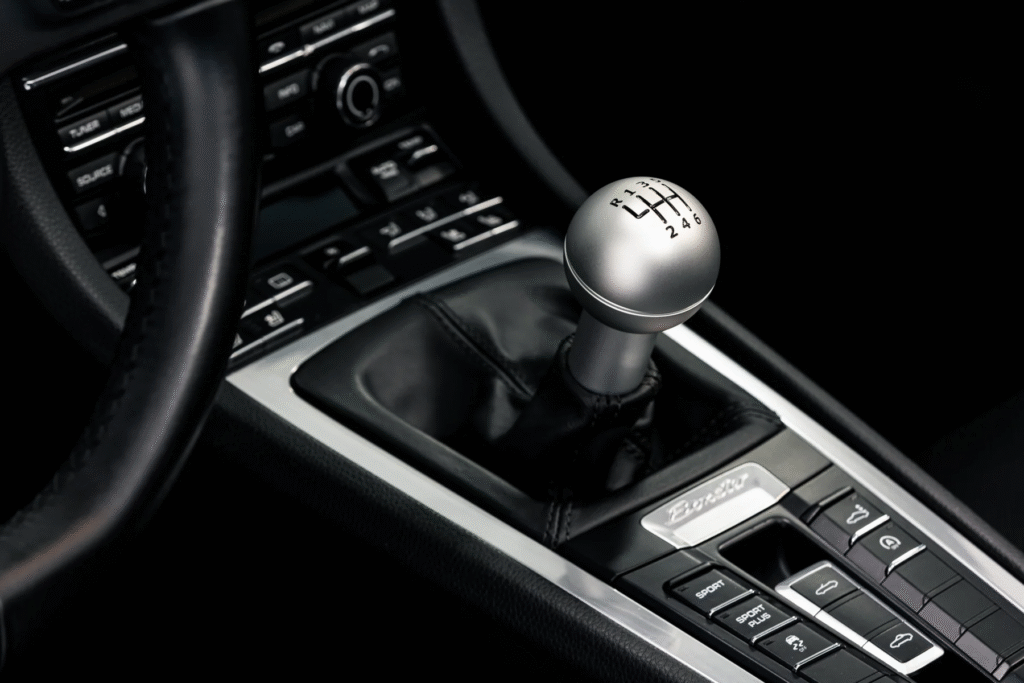
Gently try to move the gear knob up, down, and side-to-side. Take note of where the play or looseness is happening. Then:
- Look for visible screws or bolts on the side or base of the knob.
- If there are no screws, try pulling up on the knob. If it lifts off easily, it may be a press-fit model.
- Inspect the underside of the knob for clips, pins, or tabs that secure it to the lever.
- If the knob is spinning freely, check for stripped threading on the lever or knob itself.
Now that you’ve diagnosed the issue, here’s how to fix each type of problem.
Step 4: Fix a Threaded Shift Knob
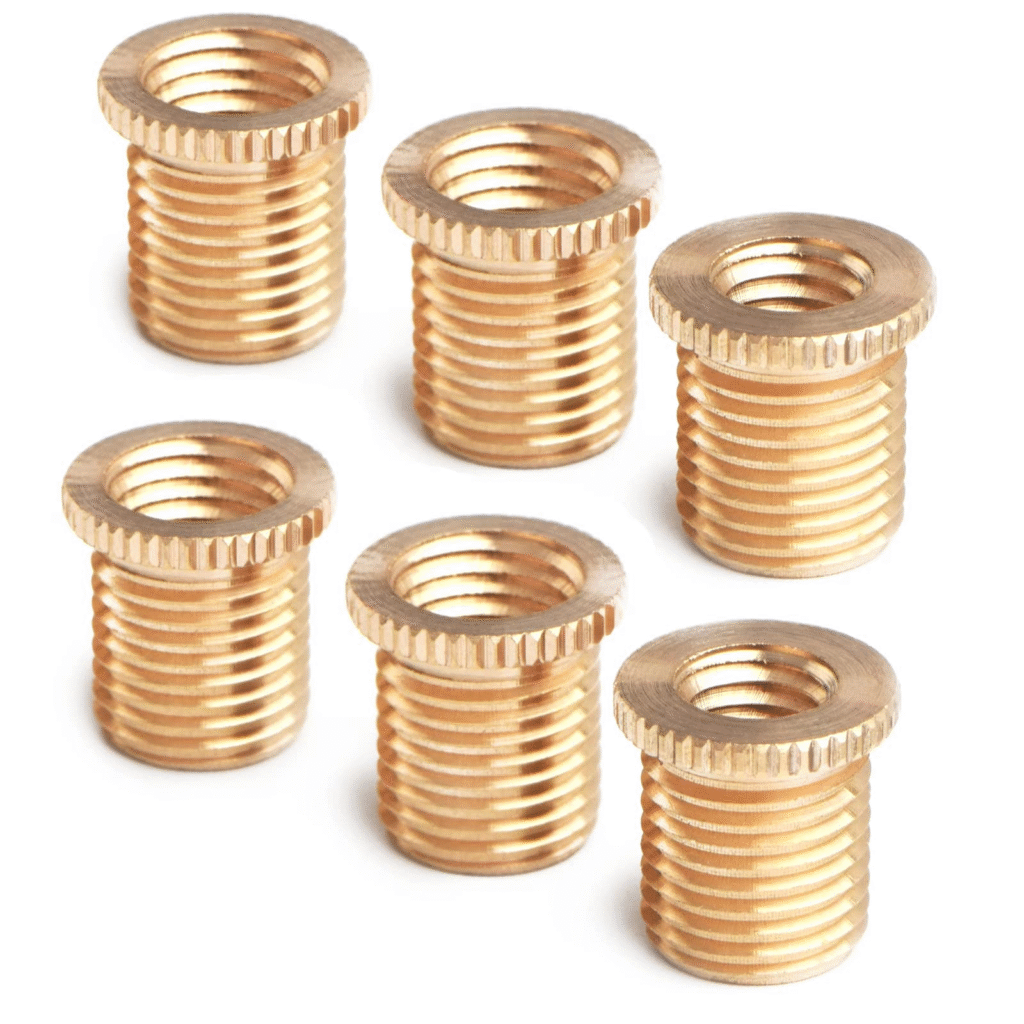
If your shift knob simply screws onto the shaft but is loose:
- Unscrew the knob completely from the lever.
- Inspect both the knob’s inner threads and the shaft threads. If they’re stripped or worn, you’ll need to replace the knob or lever.
- If threads are still usable, apply a small amount of thread locker to the threads on the lever.
- Reinstall the knob by screwing it back in tightly until it sits firmly.
- Allow the thread locker to cure as directed before using the shifter again.
Step 5: Repair a Knob with a Retaining Clip or Button
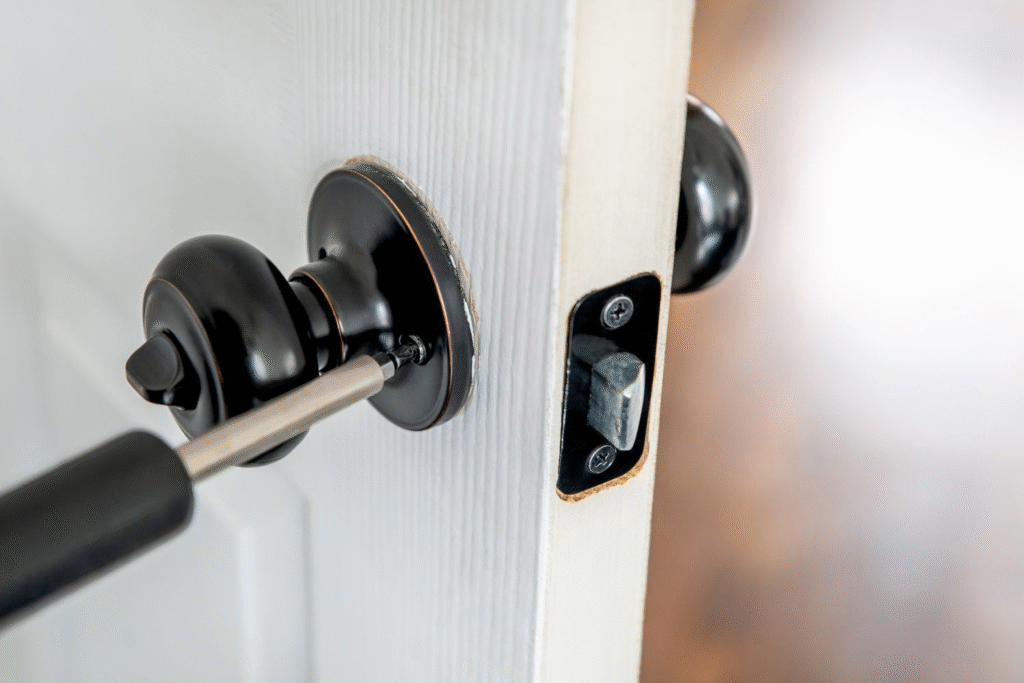
For push-on knobs with a locking clip or button (often found in modern cars):
- Use a small flathead screwdriver to gently pry off the plastic trim covering the clip or pin (usually on the front or side of the knob).
- Remove the retaining clip, button, or pin.
- Pull the knob off the shaft. If it’s stubborn, lightly tap with a rubber mallet to loosen it.
- Check the clip or pin for signs of wear or breakage. Replace if damaged.
- Push the knob back onto the shaft and reinsert the new or existing clip to lock it in place.
- Replace the trim cover.
Step 6: Tighten or Replace a Set Screw Knob
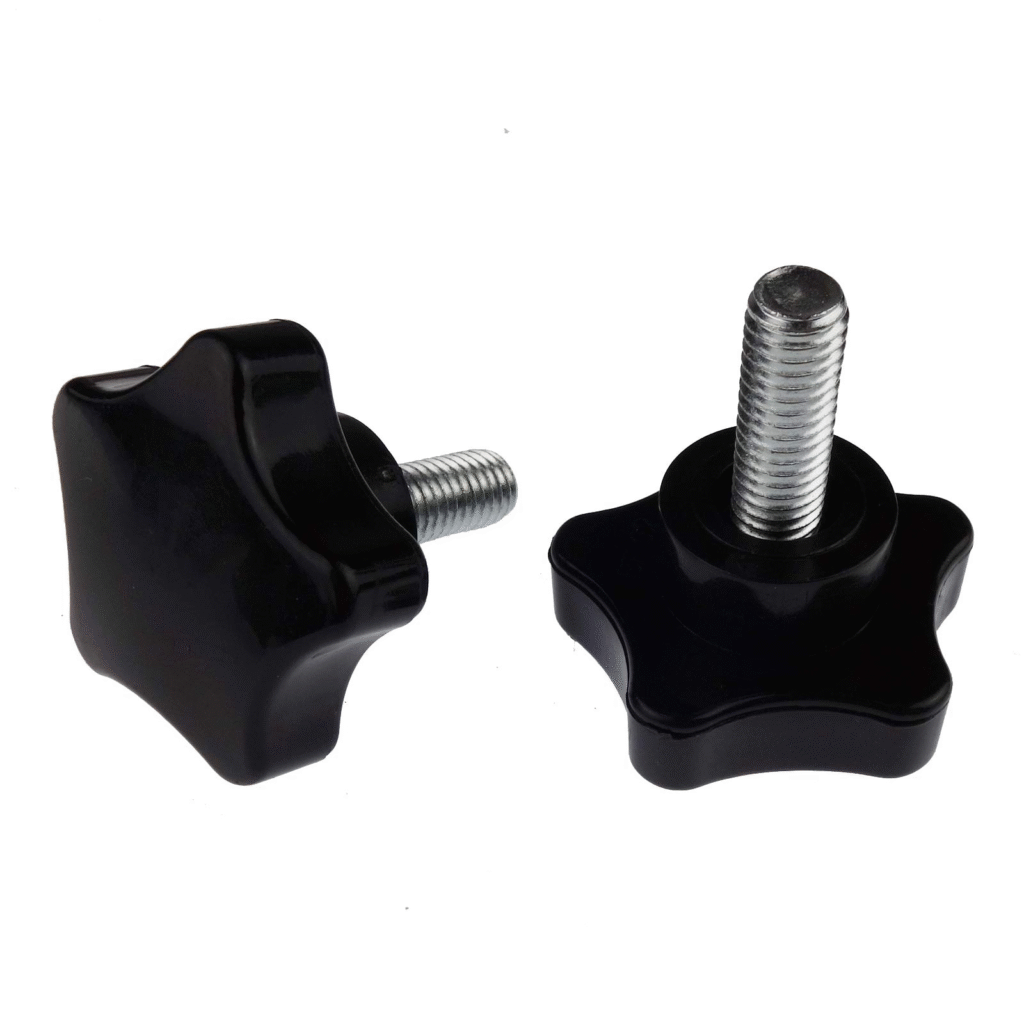
If your knob has one or more small screws on the side:
- Locate the screw holes on the side or base of the shift knob.
- Use the correct size Allen key or screwdriver to tighten the screws.
- If a screw is missing, replace it with one of the same size and thread pitch.
- Add a drop of thread locker to prevent the screw from backing out again.
- Test the knob by shifting through all gear positions.
Step 7: Replace the Shift Knob If Needed
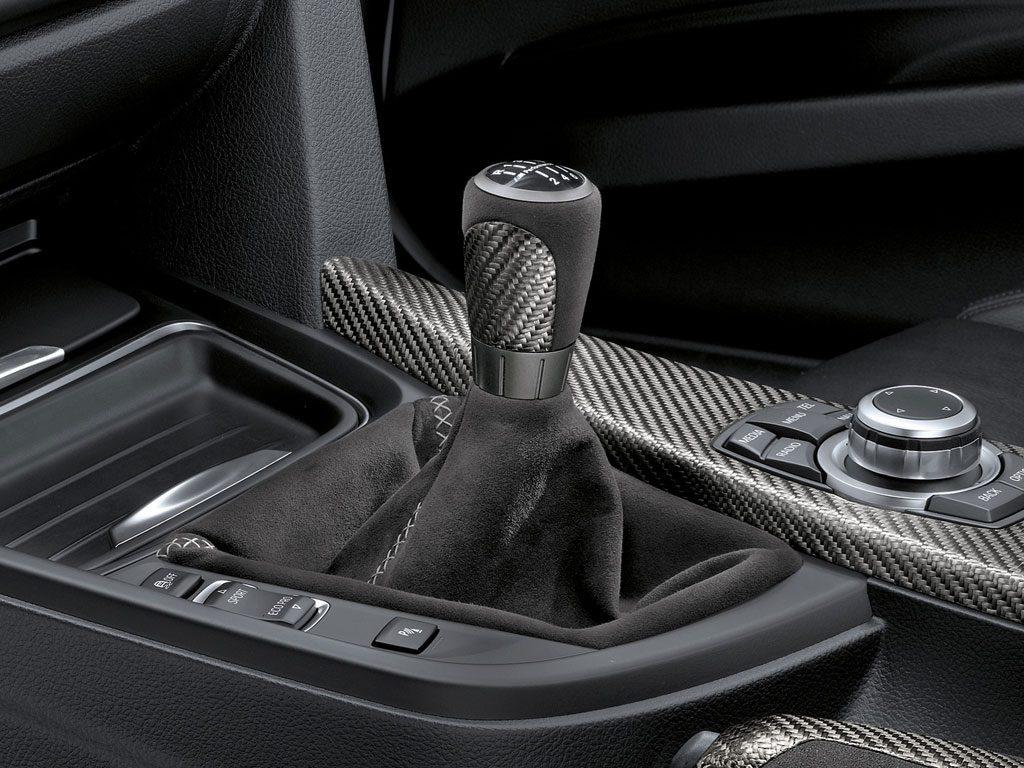
If your knob is cracked, stripped, or doesn’t stay tight after repair, it’s best to replace it. You can choose an OEM (original) replacement or a compatible aftermarket option.
When installing a new shift knob:
- Match the fitting type (threaded, push-on, or screw-in) with your car’s lever.
- Follow the manufacturer’s instructions for secure installation.
- If using an aftermarket knob, be sure to use the correct adapters and avoid universal-fit knobs that don’t lock securely.
Step 8: Final Safety Checks

After fixing or replacing the knob:
- Start your car and move through all gear positions (Park, Reverse, Neutral, Drive, etc.).
- Make sure the knob doesn’t twist, wobble, or lift while shifting.
- If your shifter has a button (common in automatic cars), check that it functions correctly and engages the gear lock mechanism.
- Ensure the shift boot (the rubber or leather cover) is properly seated and not interfering with the shifter’s movement.
Preventing the Problem in the Future
Once your gear shift knob is fixed, here are a few tips to keep it secure:
- Avoid pulling or twisting the knob aggressively while shifting.
- If your car has a shifter button, press it gently rather than slamming it.
- Occasionally check screws or fasteners and retighten if needed.
- Use high-quality replacement parts and avoid cheap plastic aftermarket knobs that may not fit securely.
When to See a Mechanic
If your shifter is loose even after tightening the knob, there may be a deeper issue:
- Damaged shift lever or shaft
- Faulty shift cable or linkage
- Internal transmission problems
- Broken interlock mechanism or gear selector switch
In those cases, it’s best to have a professional mechanic inspect the car, especially if the shifter doesn’t engage gears properly.
Conclusion
An automatic car with a loose gear shift knob is something that is both annoying and at times unsafe, if left unaddressed. Most of the time, fixing a loose gear shift knob is something you can easily do at home with some knowledge and few basic tools. Regardless of the type of gear shift knob you have, either threaded, clipped or set-screw, simply tightening or replacing it will bring back a firm confident feel to your shifting, making you safer on the road

